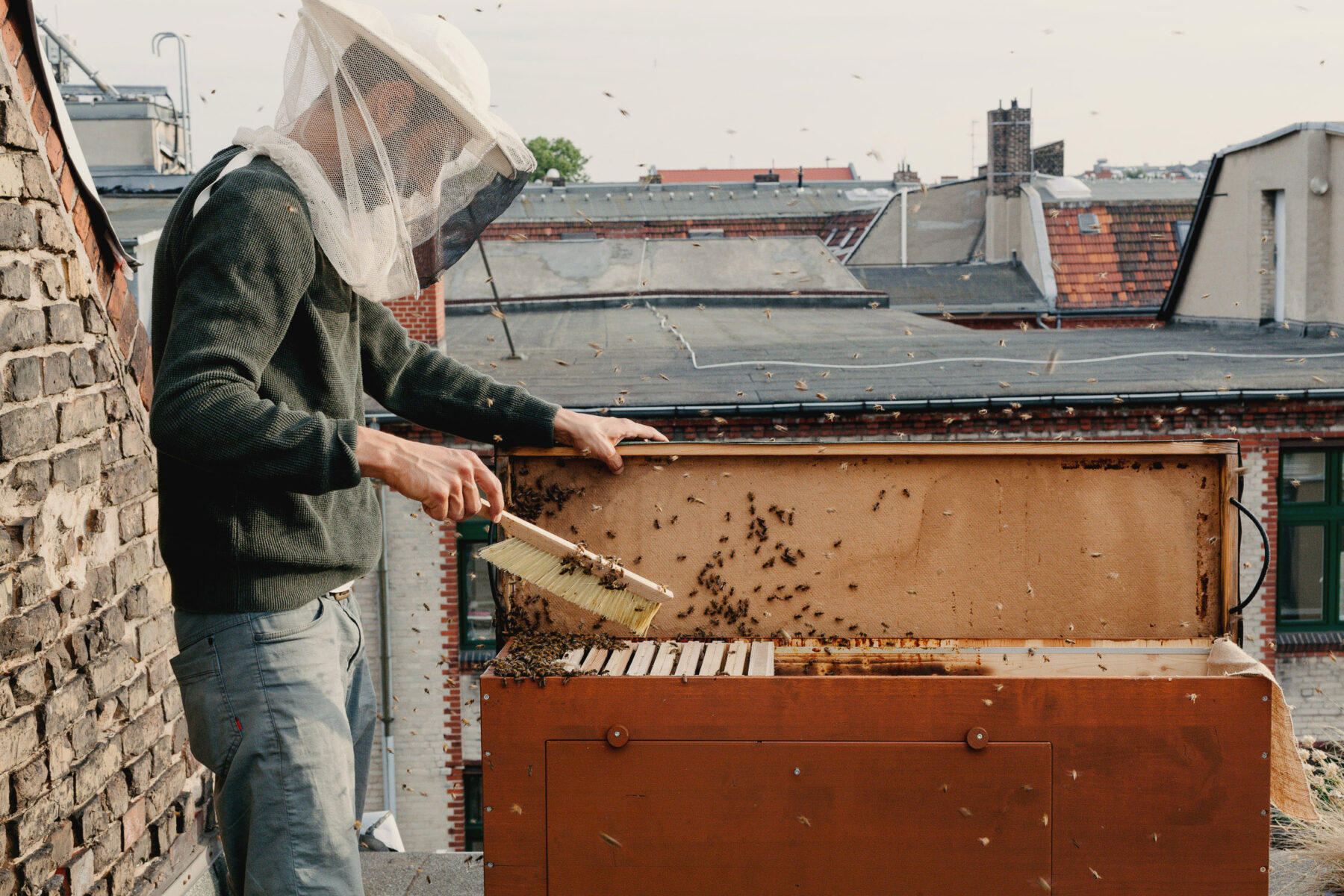Known as one of the greenest cities in Europe, Berlin is full to the brimming with climate conscious startups and projects, many of whom Friends of Friends has had the pleasure of profiling.
As 2020, a year in which a global pandemic has given many of us the time to reconsider our relationship with nature and the planet, comes to an end, we thought it was the perfect time to revisit some of our favorite innovative and sustainable initiatives around the city. Taking to the road in our MINI Cooper SE, the first fully electric MINI with an electrical reach of 225-234km and energy consumption in kWh/100 km combined: 16.8 – 14.8, we set out to discover how they’ve progressed since we talked to them last, and how the global pandemic has affected their endeavours.
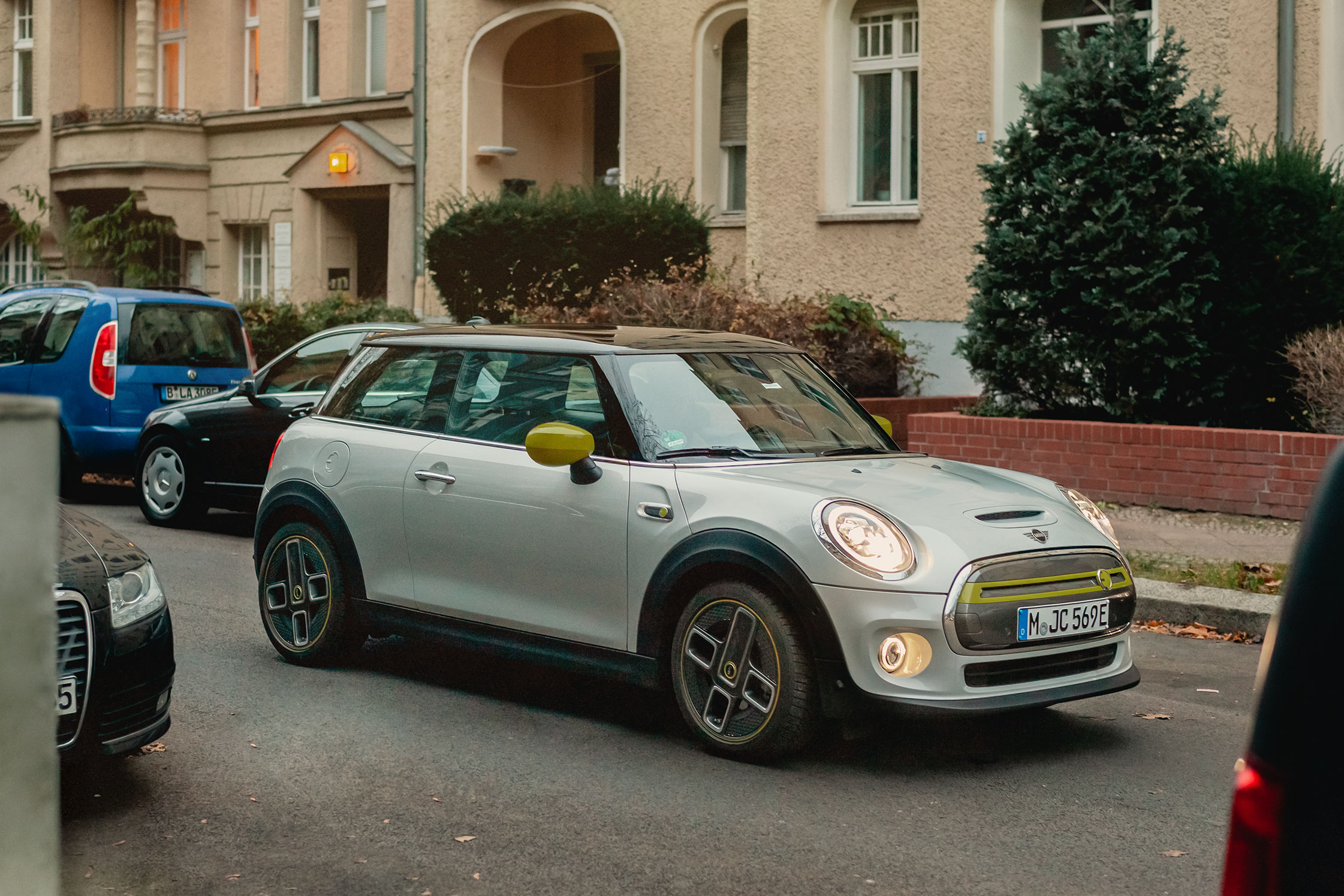
This article was produced in collaboration with MINI. To see more content we’ve produced with MINI, why not check out The Sooner Now, our joint venture—for which we produced articles and events—exploring the future of urban living?
“Regional foods are usually harvested when they are ripe and end up on our plates after a short time, meaning they contain much more flavor and nutrients.”
Wann Was Wächst: A seasonal calendar for vegetables, salads and fruits by Anna Sourminskaja & John Brömstrup
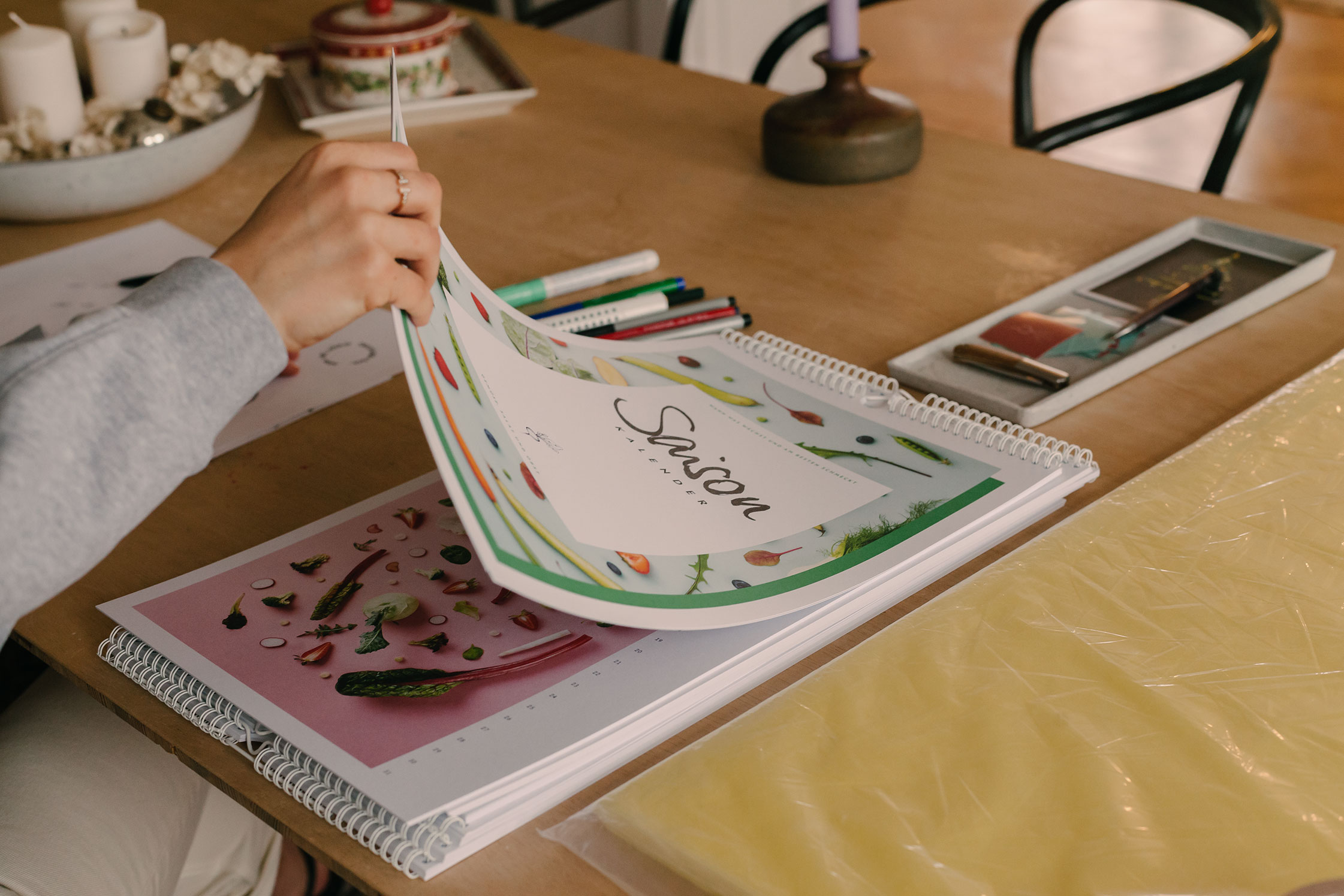
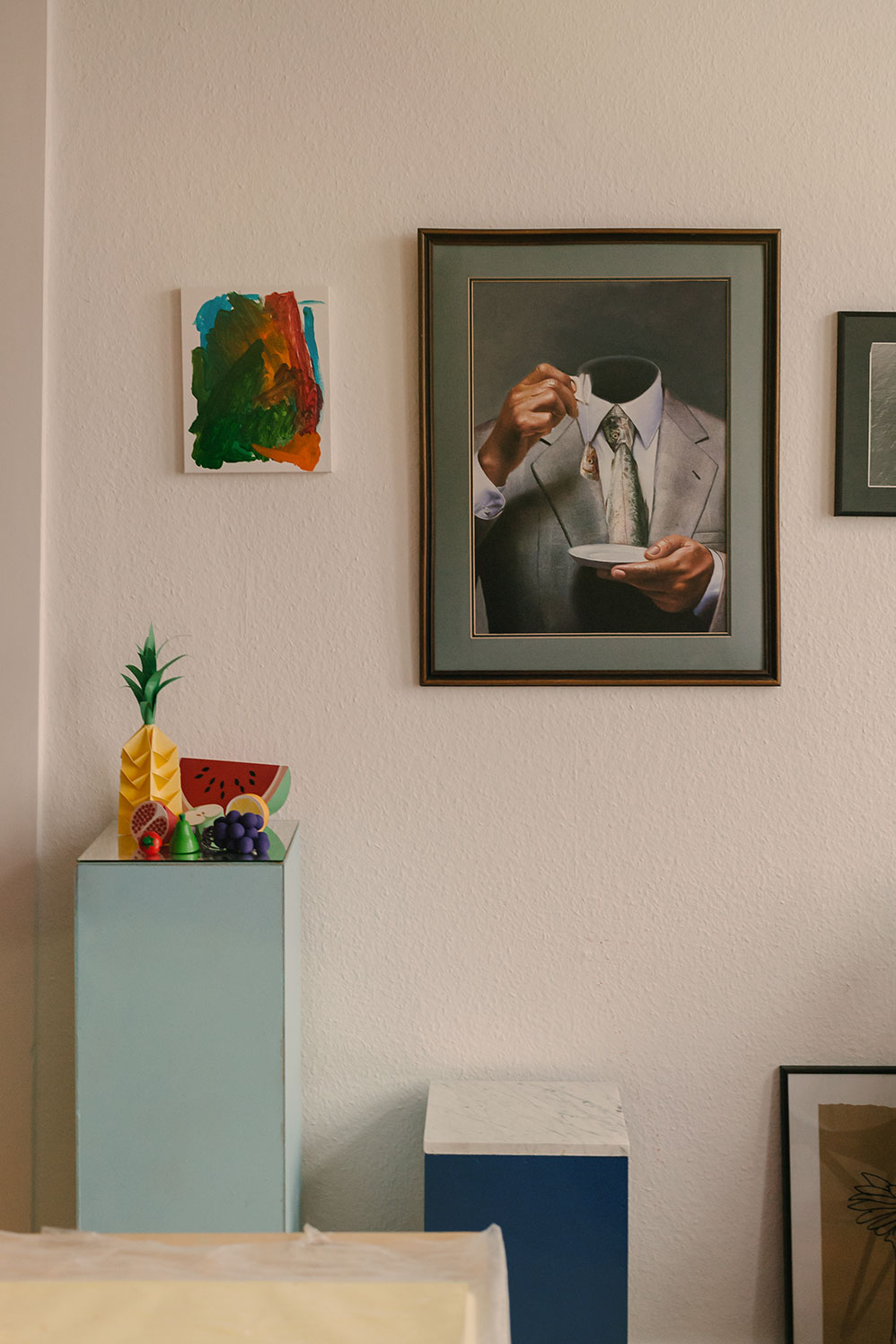
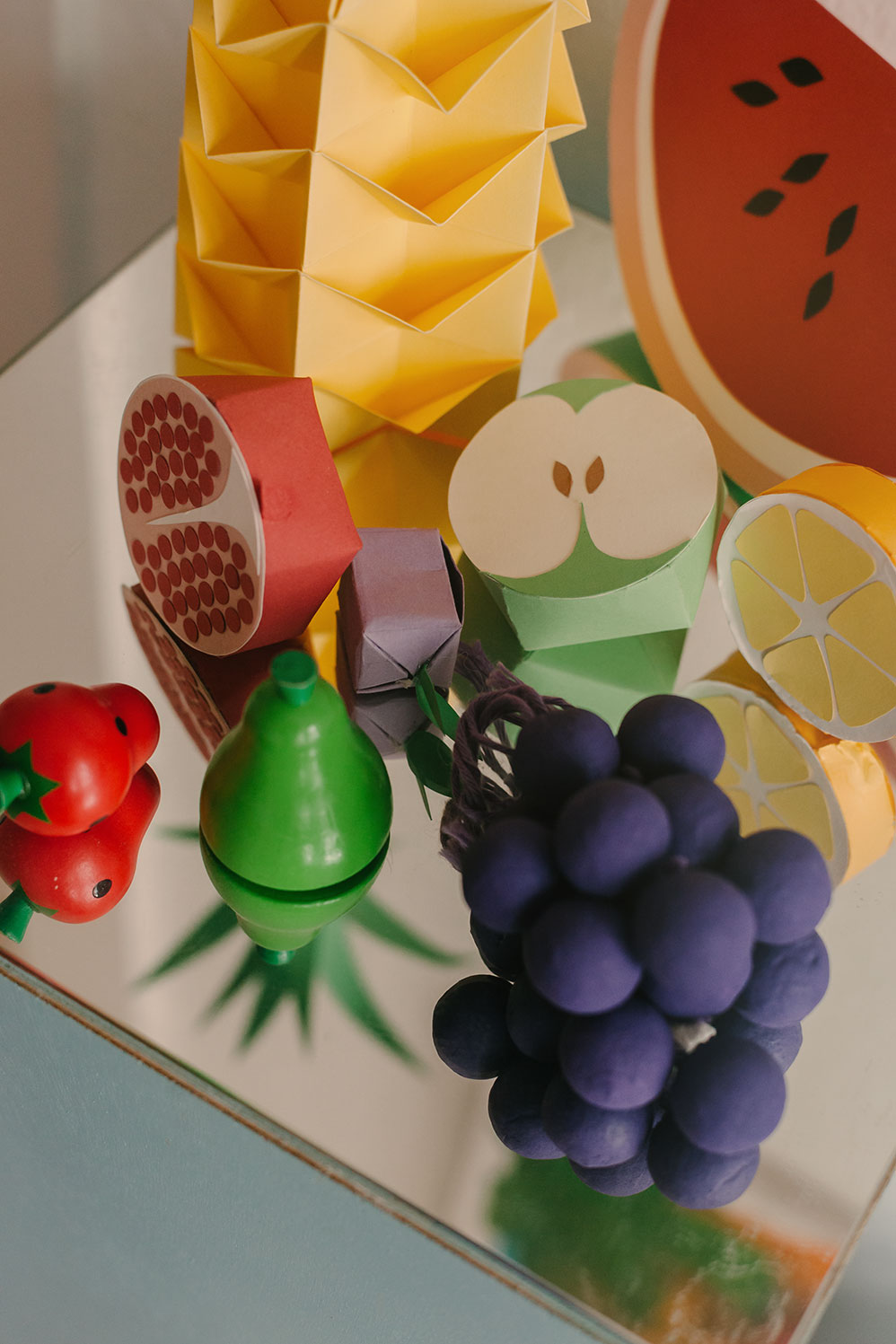
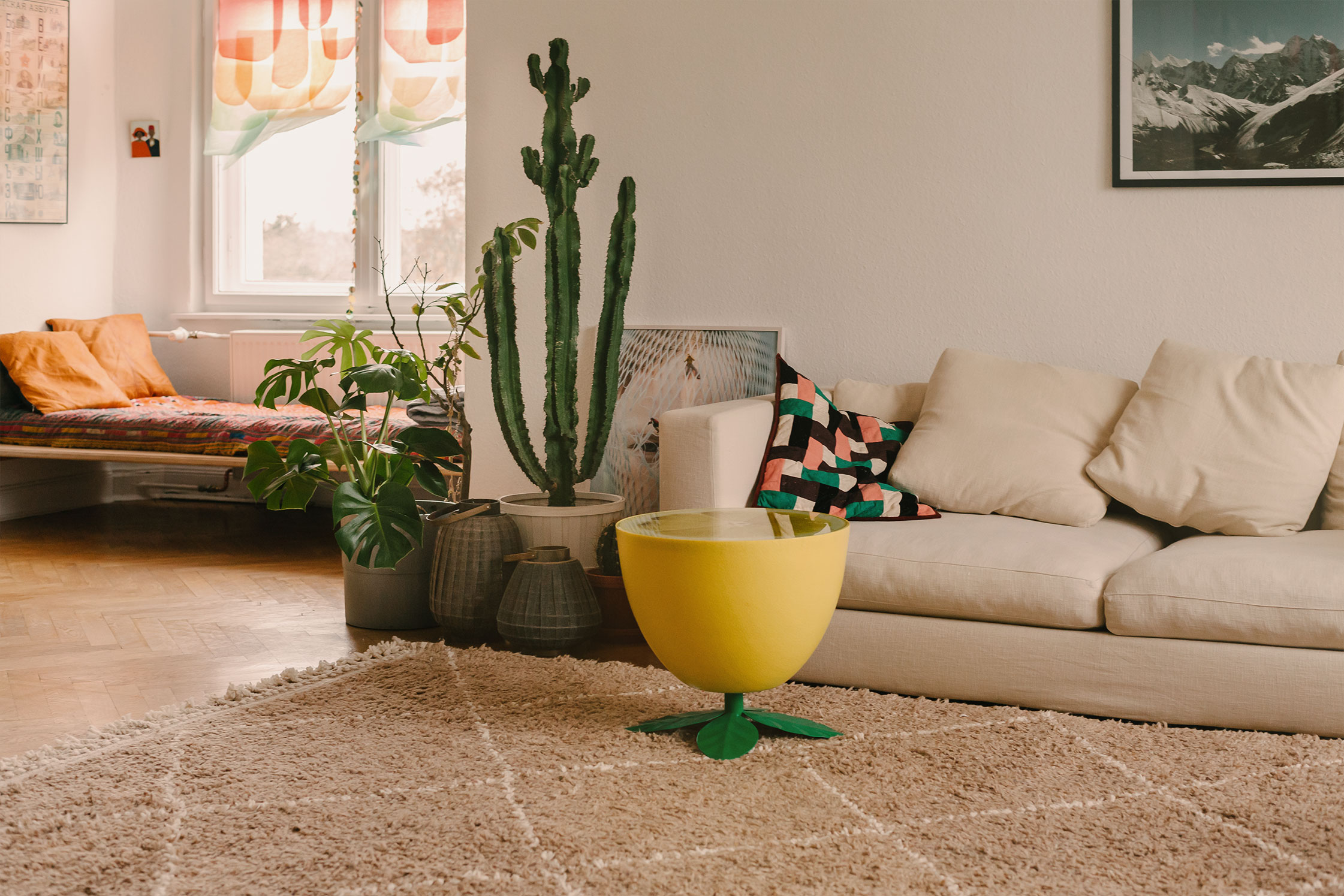
-
What inspired you to set up a seasonal vegetable calendar?
Anna Sourminskaja: A while ago we realised that we, and many of our friends, had no idea about the time of the year different fruits, vegetables, and salads grow. John and I thought alot about this and spontaneously met for a shoot to create a calendar that helps people understand a bit more about where, and when, their food grows. John’s a food photographer, and I’m a stylist, so we worked well together. We then brought Daniel Behrens, the Founder of Public Design Office, on board as a graphic designer. Trigger Media then helped us to print the calendar climate neutrally in Berlin.
-
How can eating seasonally help the environment?
AS: Eating seasonally and shopping locally means that you are preventing food being kept in heated greenhouses and transported long distances. There are differences, however, between types of transport. Importing food from Asia by plane, for example, produces more CO2 than shipping. It is also important to note that imported fruits and vegetables from countries such as Spain and the Netherlands are often double wrapped in single use plastic. Vegetables that are grown outside of their natural season are also sprayed with toxic chemicals which end up in the soil, and also on our plates. In short, if we eat seasonally, our resources are less polluted, CO2 emissions are reduced, and the produce we consume can be grown without pesticides or nitrates.
-
How can eating seasonally and regionally help us as individuals?
AS: Apart from the fact that it is good for our climate to eat seasonally, it is also important for our health. Regional foods are usually harvested when they are ripe and end up on our plates after a short time, meaning they contain much more flavor and nutrients.
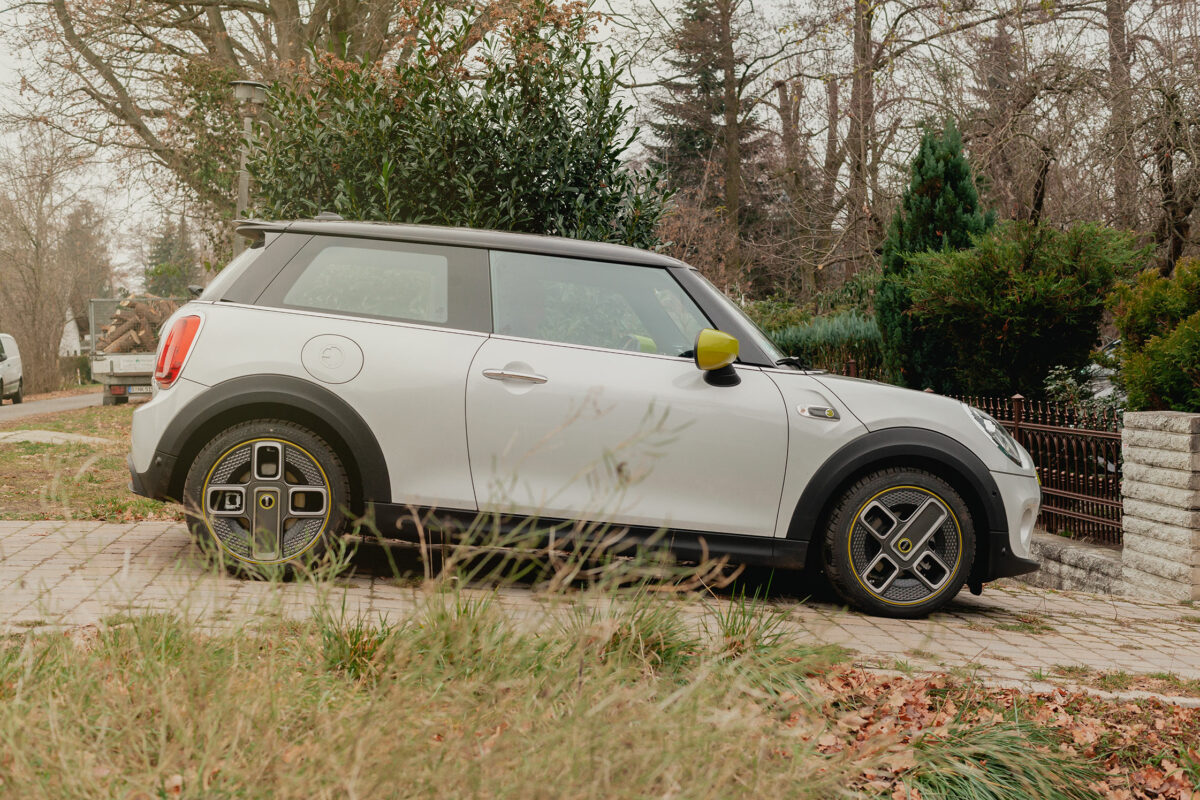
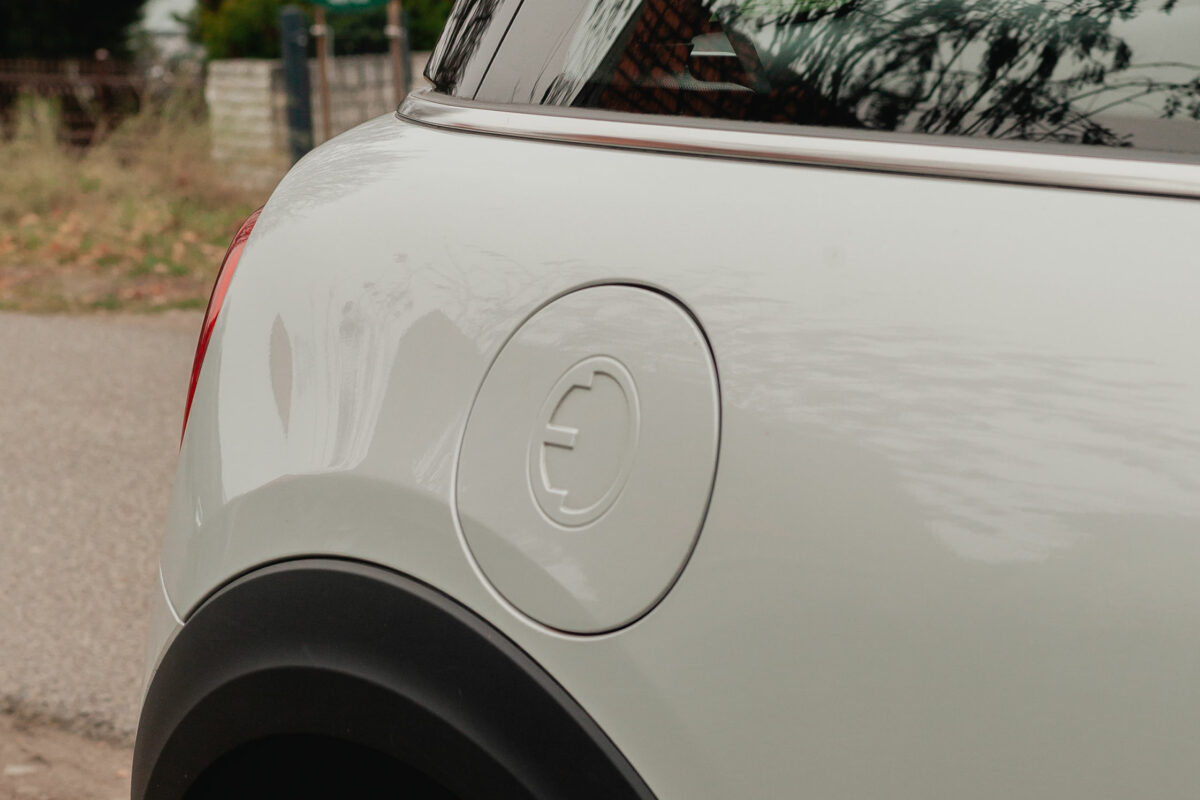
“If we eat seasonally, our resources are less polluted, CO2 emissions are reduced, and the produce we consume can be grown without pesticides or nitrates.”
-
What are some of the best regional vegetables and suppliers around Berlin?
AS: I really like shopping in a farm shop in my area: it’s a small shop with a strong seasonal selection. There are lots of fresh vegetables, fruits, and salads that you sometimes look for in vain in big supermarkets. John also likes going shopping in Markthalle 9 and in Biotopia in Kreuzberg. Some other suppliers I’d recommend include Domäne Dahlem, a large, hyper-local farm in the middle of Berlin, Prinzessinnengarten, a community gardening project near Moritzplatz, Lars Odefey, Gut Kerkow, Tlaxcalli Tortillas, Höfegemeinschaft Pommern, and Bauernhof Weggun.
-
Would you say Berlin is an innovative and sustainable city?
AS: It is definitely one of the more sustainable cities in the world. There are an incredible number of ambitious people here who implement great, innovative projects, such as EUREF, a renewable energy campus where various organisations are working on different sustainable projects, such as producing electric automobiles. Urban gardening is also being planned for the rooftops. Tempelhofer Feld is another great example of Berlin’s liveable ethos. It’s a former airport but is now used for all kinds of sporting activities and is home to various vegetable gardens.
John Brömstrup: This being said, I still think there is work to be done. Eating organic food is still seen as too much of a luxury in Germany: suppliers who offer cheaper, discounted food are more appealing to many people. So there is a community of “sustainable” people, but there isn’t enough general support from outside that bubble.
“We’re seeing that more and more people want to know where the things they are buying are coming from. Now, with the global pandemic, this question has become even more important.”
Marsano: Maria Paz Gardiazabal’s forward-thinking flower boutique that sources flowers from its very own sustainable garden
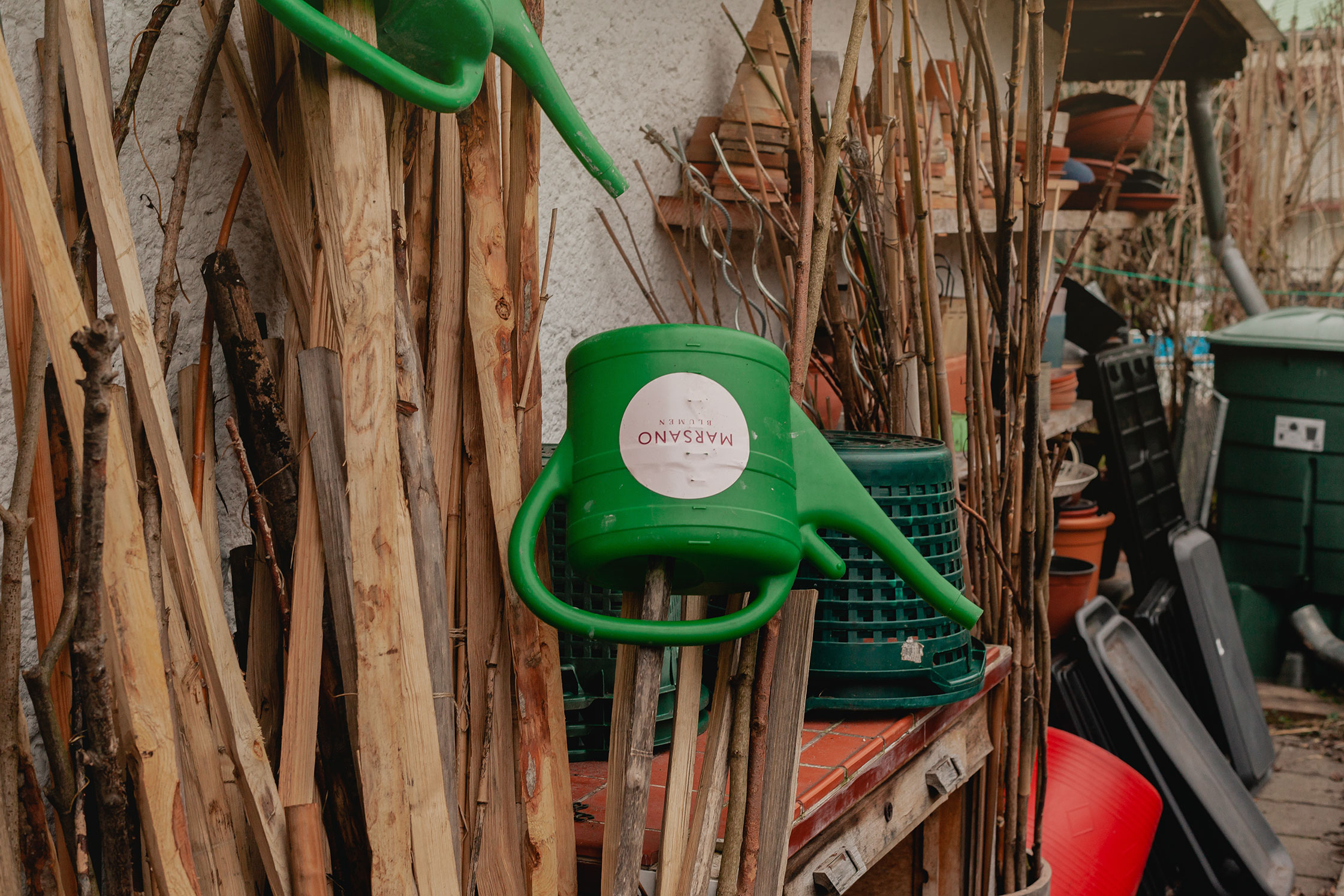
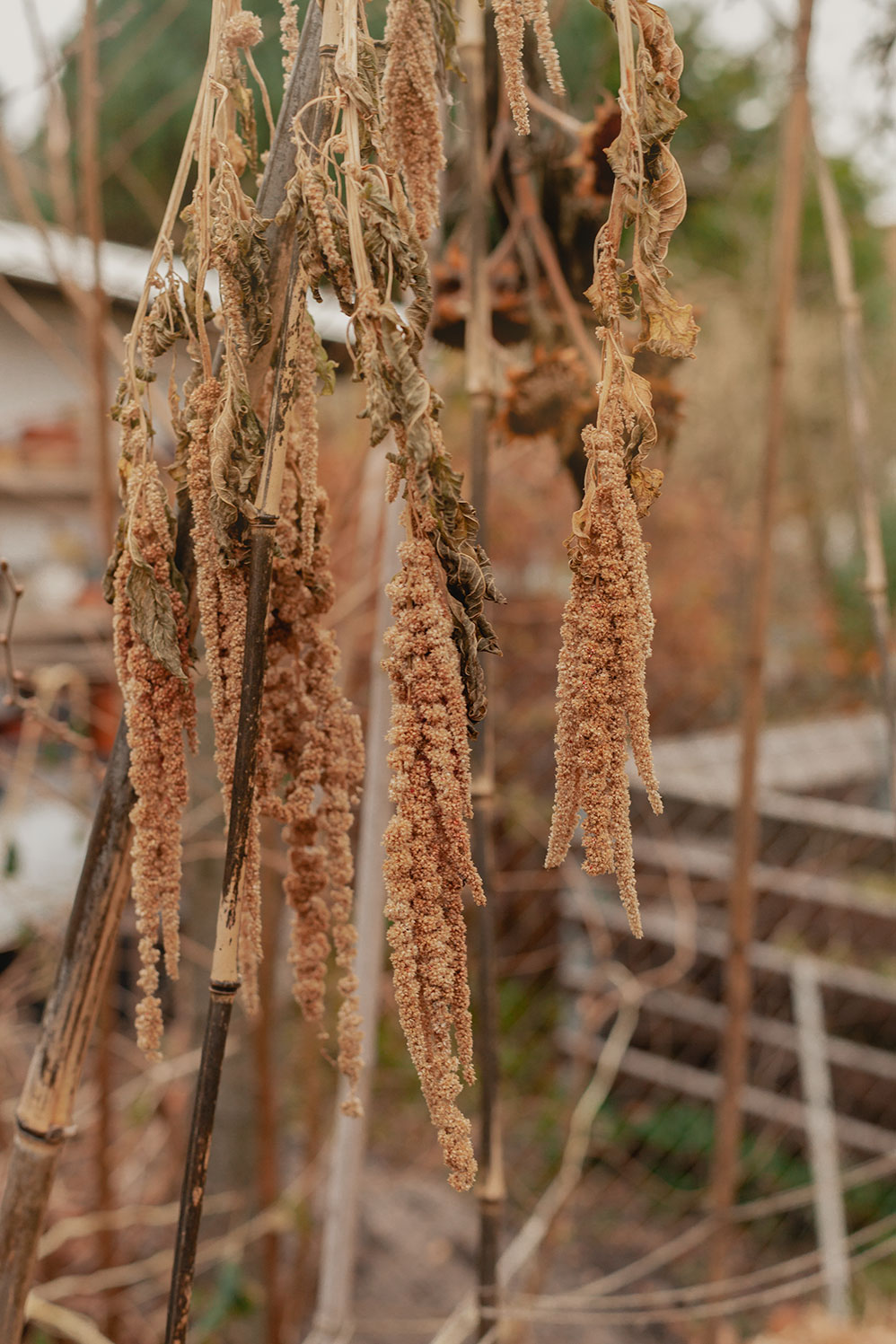

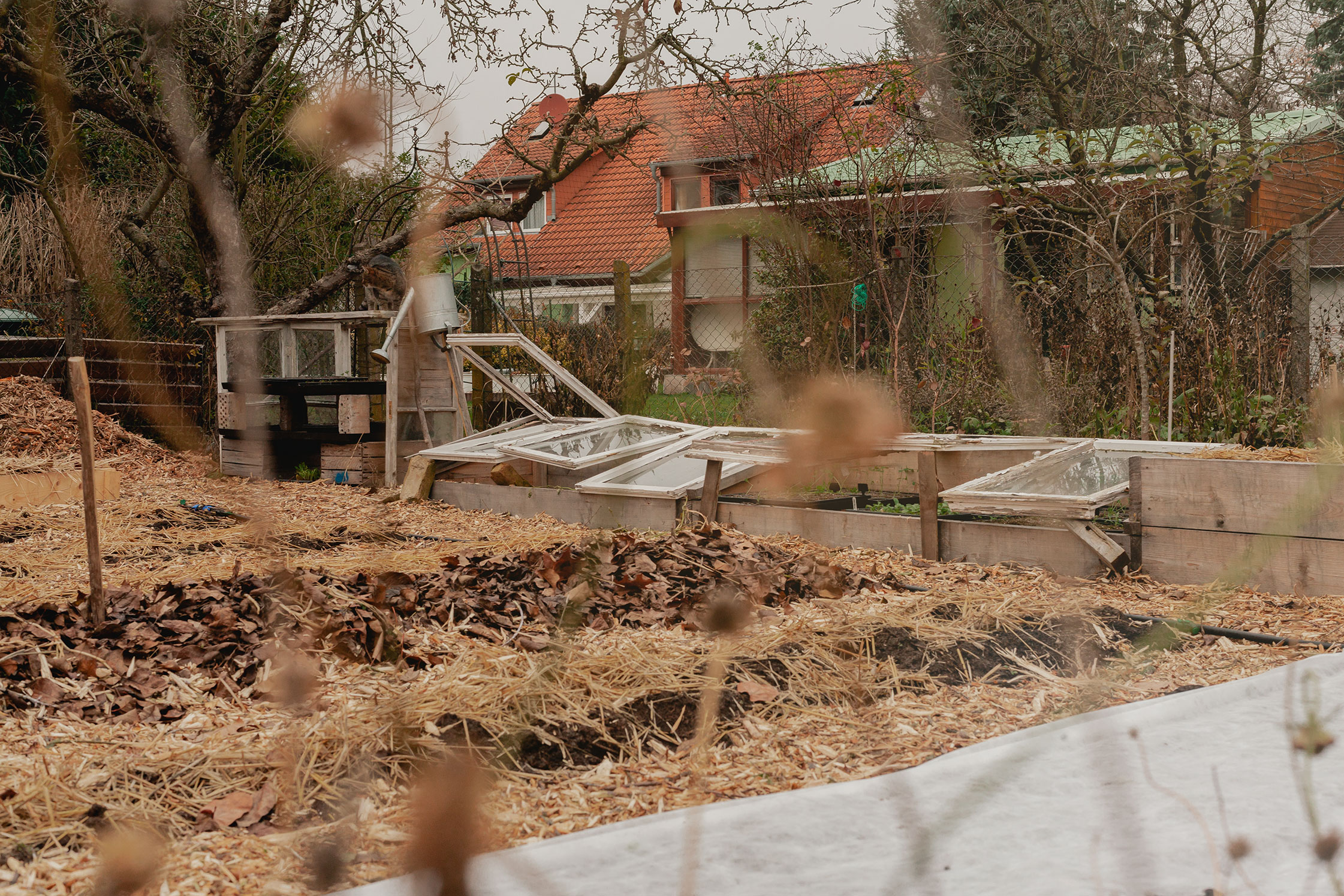
“We’ve been able to grow varieties of flowers we cannot find in the market: flowers that smell nice and have movement. These qualities cannot be found in flowers that have travelled across the world in standardized boxes.”
-
Tell me a little about the flower industry. Is it sustainable?
Maria Paz Gardiazabal: The flower industry is incredibly unsustainable. Most commercial flowers come from outside Europe—some of the biggest producers are South Africa, Ecuador, and Colombia to name a few—and are brought by plane to Holland where they get distributed all over Europe via an auction process. Besides transportation, the production of flowers is also very unsustainable. As flowers are a non-edible crop, there are very few regulations when it comes to herbicides and pesticides, causing a lot of pollution affecting the environment and the people working in the industry.
-
Have there been recent movements to try and make it more sustainable?
MPG: Absolutely! There is a constantly growing movement of small flower farmers across the globe providing the local communities with fresh flowers. In Germany we have recently started the “slowflower-bewegung” movement, which has about 30 members, including Marsano. We’re seeing that more and more people want to know where the things they are buying are coming from. Now, with the global pandemic, this question has become even more important. There is no doubt that there is more interest now in sustainable locally produced flowers.
-
You started the Marsano garden back in 2019. What was the inspiration behind this?
MPG: We had been wanting to start growing our own flowers for a while but didn’t quite know how to start. In Summer 2019 we met Paz, our flower grower, who was looking to start growing cut flowers in Berlin. We decided to work together and start a small trial garden to see if it was sustainable at all levels. We discovered that there were many other benefits to it other than just being economically sustainable. We’ve been able to grow varieties of flowers we cannot find in the market: flowers that smell nice and have movement. These qualities cannot be found in flowers that have travelled across the world in standardized boxes, and have been bred to last longer rather than smell good. Having our own cut garden also offers our customers the opportunity to connect with nature, to appreciate where flowers come from, and learn how to grow and arrange them themselves through the series of garden workshops we conducted over the summer season.
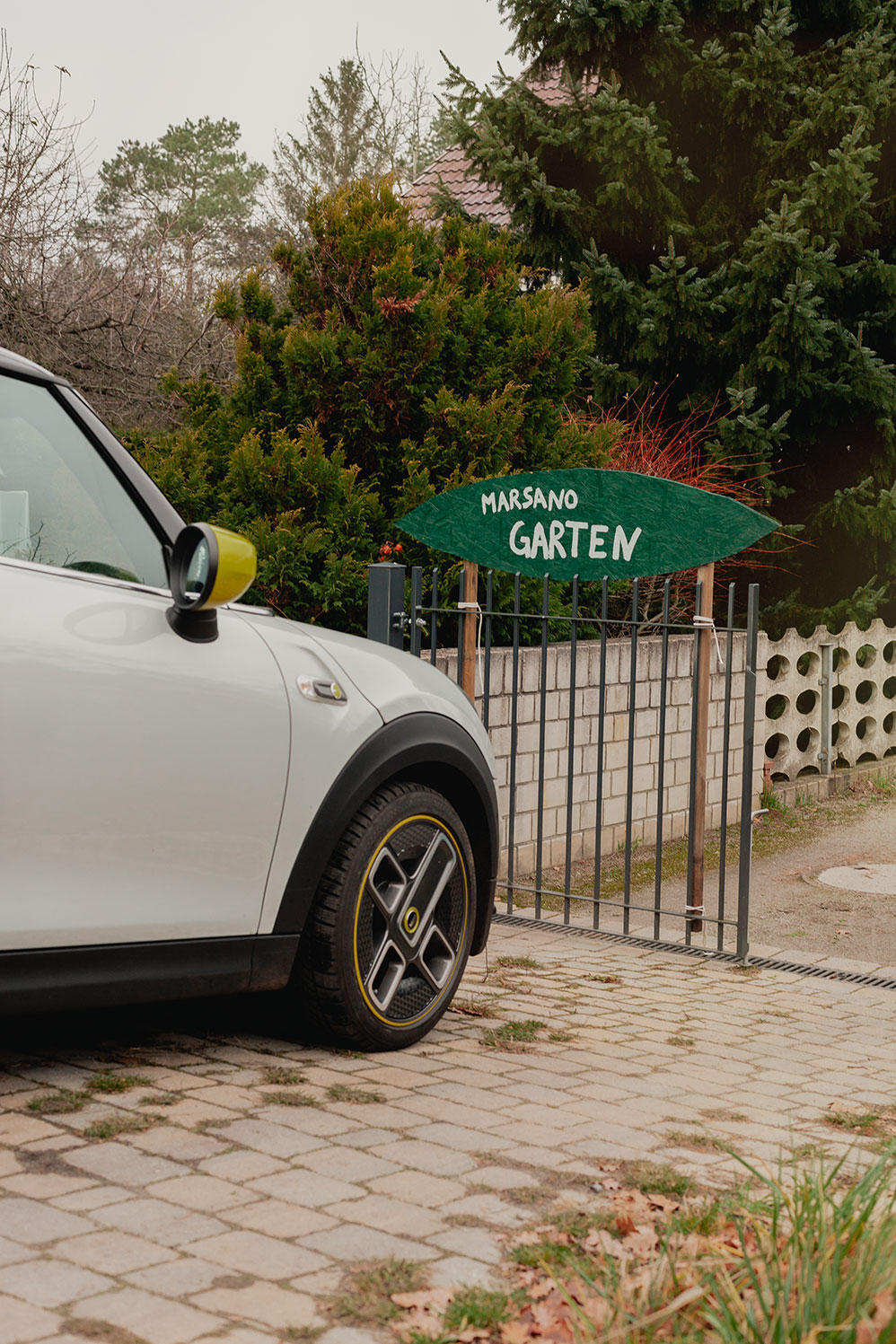
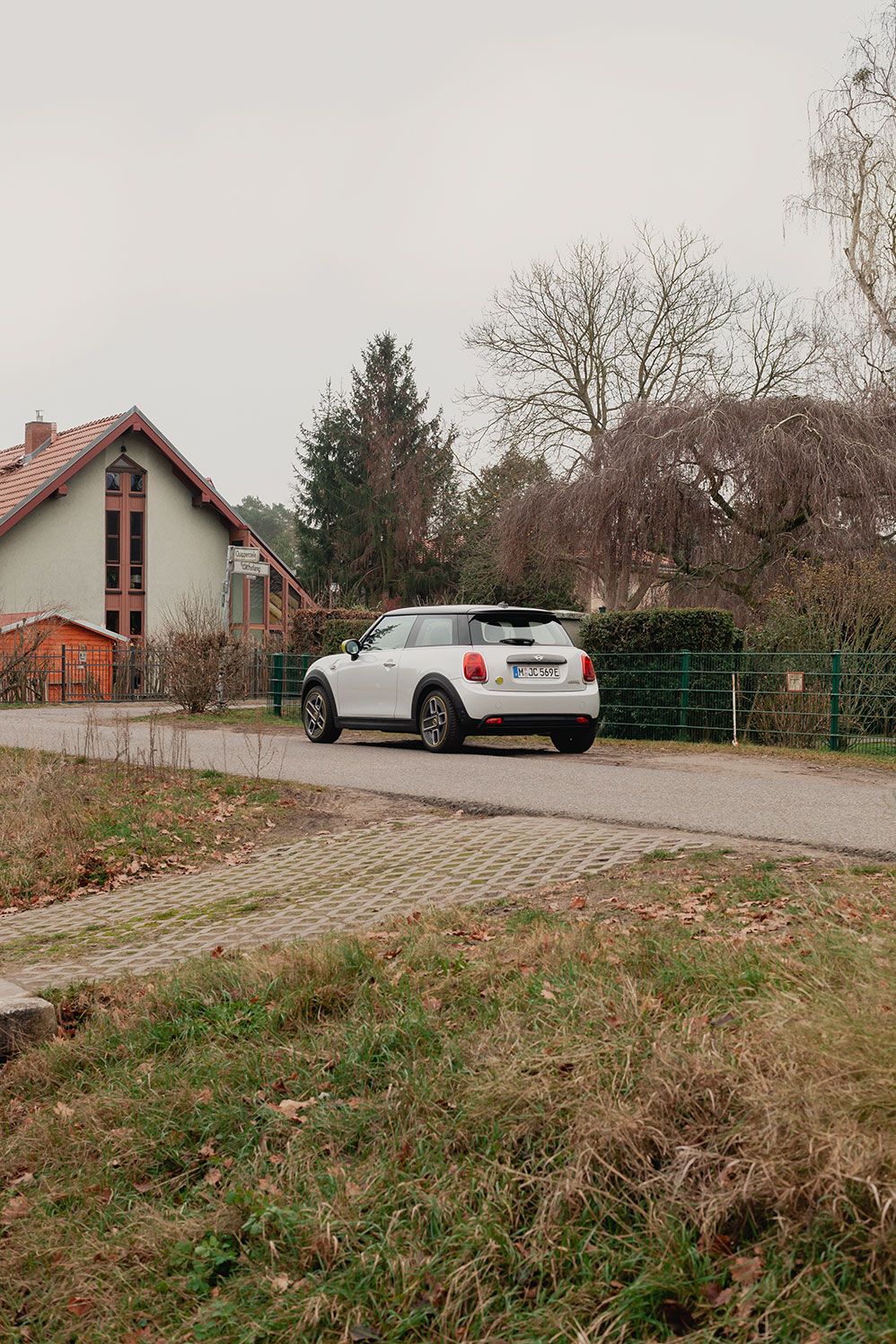
-
What innovative growing methods do you use in the garden?
MPG: We are using non-dig and biointensive methods. We don’t use any chemicals and grow everything organically. Our aim is to use regenerative agriculture practices as much as possible so we can improve the health of our soil and therefore be able to produce healthy flowers.
-
Did you notice an increase of people buying flowers during this extraordinary year?
MPG: For sure! We have many more private customers buying flowers. People are spending a lot of time at home so they want to be beautiful. Also, they are thinking a lot about people they care about, and want to send them something beautiful too.
-
Do you think people are starting to reflect more on their climate consciousness?
MPG: For sure! We have realized that we can’t take things for granted and that we cannot rely on things coming from all over the globe. At one point, it was really difficult to get hold of flowers from the international market. That made us think about how fragile everything is, how important it is to be resilient, and how many resources are usually needed to enable us to have bouquets from Ecuador in the supermarket for just a couple of euros.
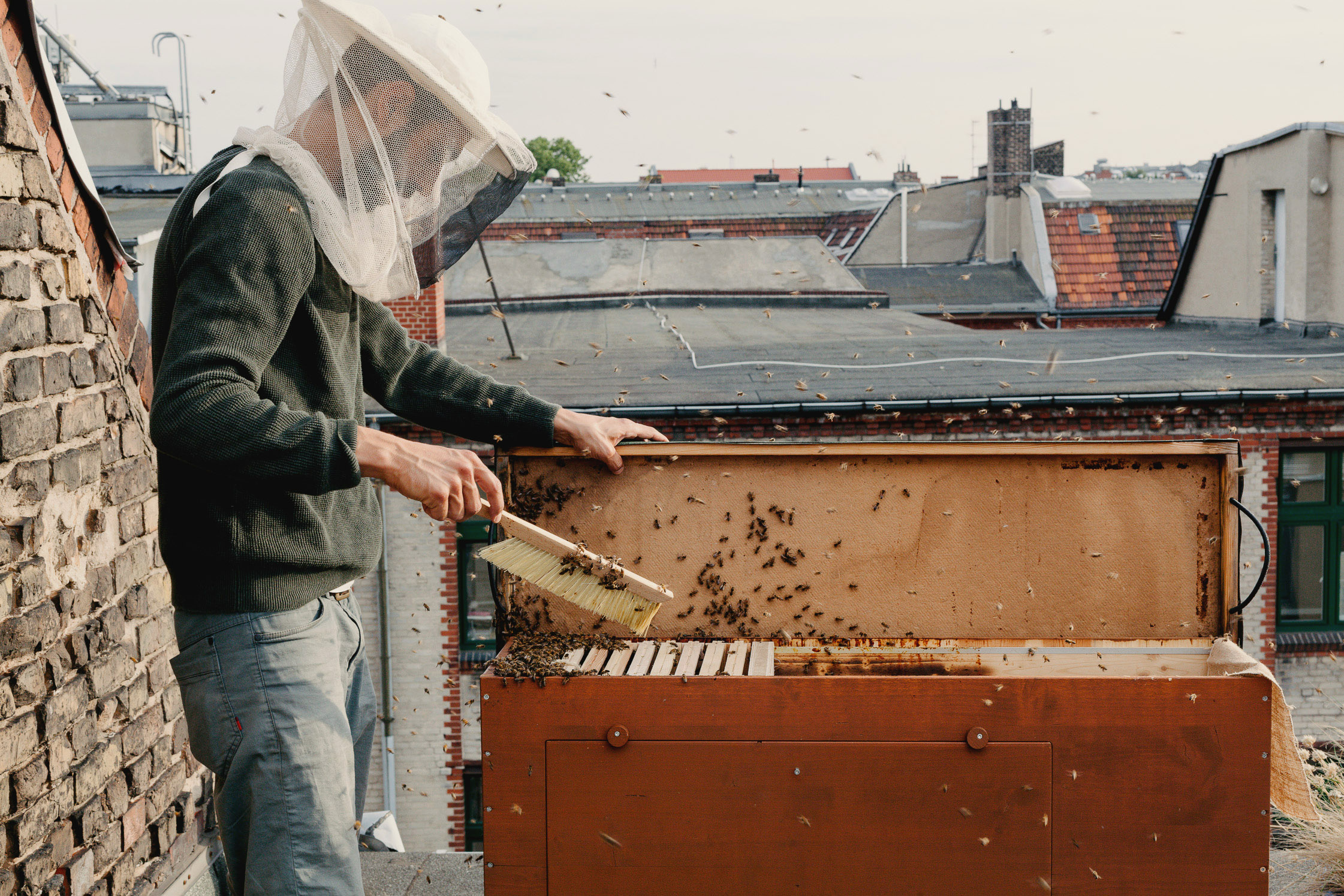
Stadtbienen: An organisation led by Johannes Weber highlighting the environmental benefits of keeping wild bees and honeybees in urban areas
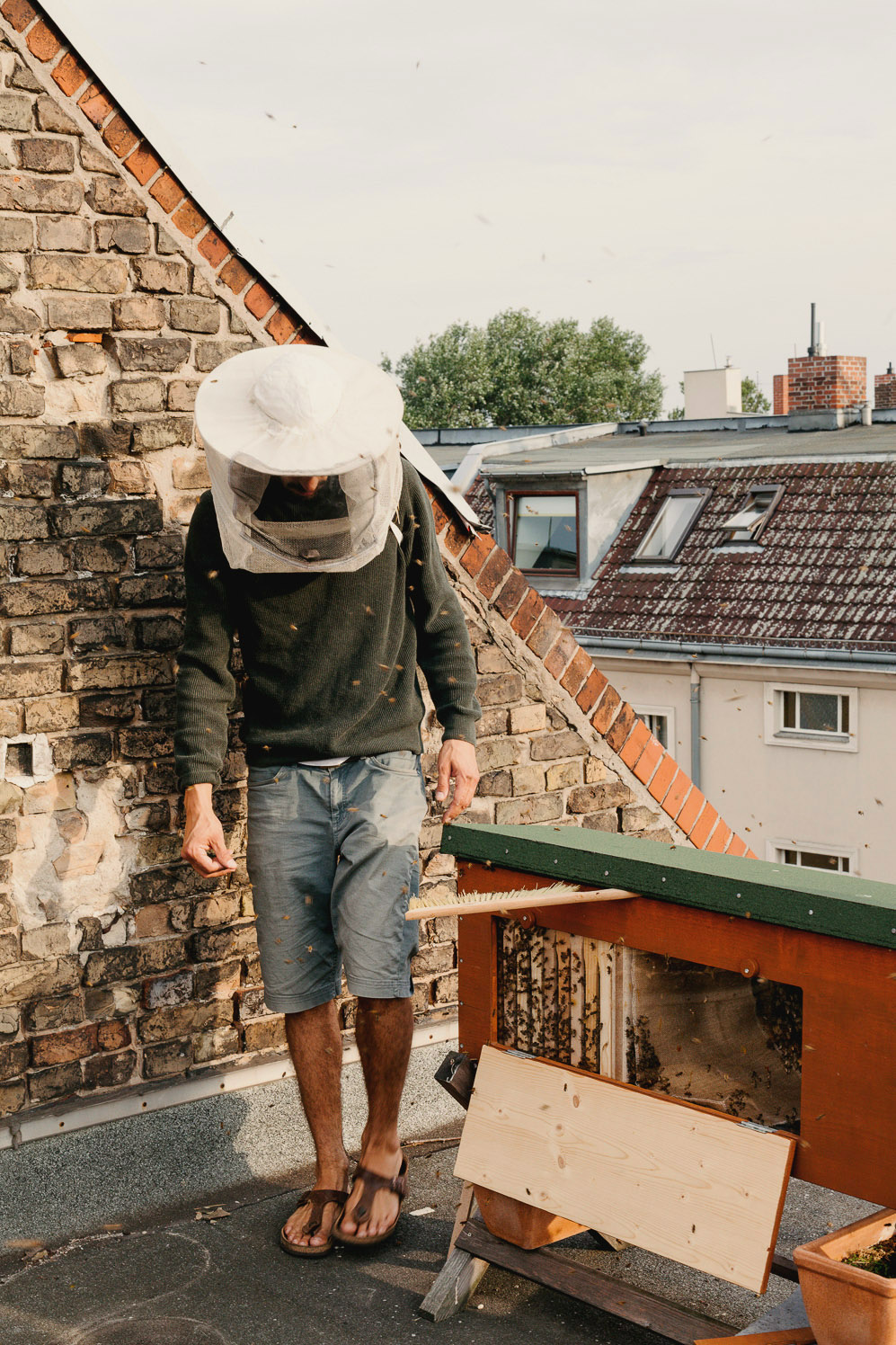
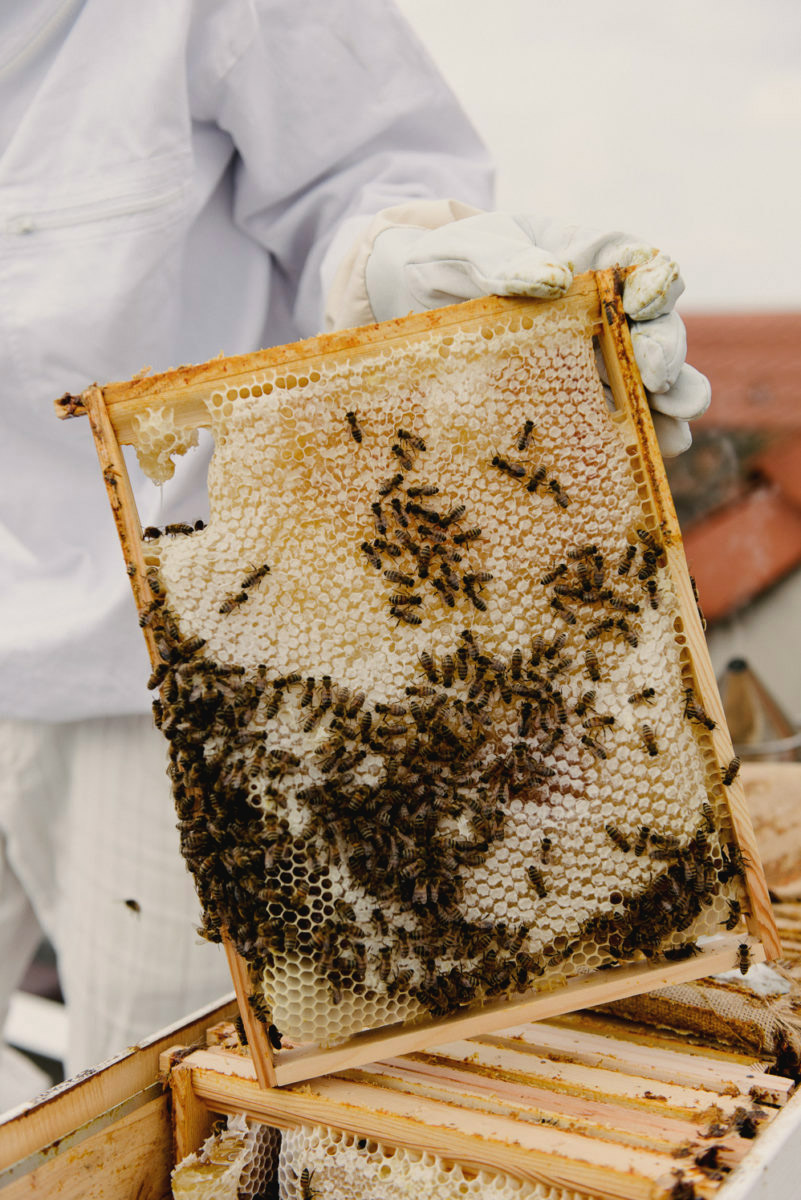
-
When did the trend of urban beekeeping start and why are cities suitable environments for bees?
Johannes Weber: It came out of discussions around 2013/2014 concerning the bee colony collapse disorder: an abnormal phenomenon that occurs when the majority of worker bees in a honeybee colony disappear. The idea was floated that urban areas could be suitable for bees due to the lack of pesticide pollution and monoculture farming methods, which are two of the main reasons honeybees are declining.
-
How does having bees in urban areas also benefit cities themselves?
JW: Bees bring diversity and pollination to the city: they are experts in pollination services! The more bees you have, the higher the pollination service is, creating greater levels of biodiversity in the city’s green spaces.
-
How has Stadtbienen progressed since our first article on you in 2016?
JW: We founded the organisation in 2014 when this whole discussion about urban beekeeping started. Nowadays most people have heard about urban beekeeping, and know that you can even keep them on your own balcony. But back then it was really special. We started off by running a crowdfunding campaign to help us produce beehives tailored to beginners based in cities. We called them bienenboxes, and they’re still available today! Later, in 2015, we also started beekeeping courses in Berlin, Hamburg, Munich, and Cologne. In 2016, we also started offering a service to companies where we would help them keep bees on their properties. The first company was SAP. We gave them workshops, provided them with hives, and now they have groups of employees who look after them. Most recently, we’ve been funded by the Berlin Senatsverwaltung to develop learning materials to integrate beekeeping in school curriculums, allowing children to learn about the importance of both honeybees and wild bees. Historically, Stadtbienen has focused on honeybees. But now we’re focusing on wild bees as well. We have over 560 wild bee species in Germany, and Berlin is a hub for them. So we really want to support and protect them too.
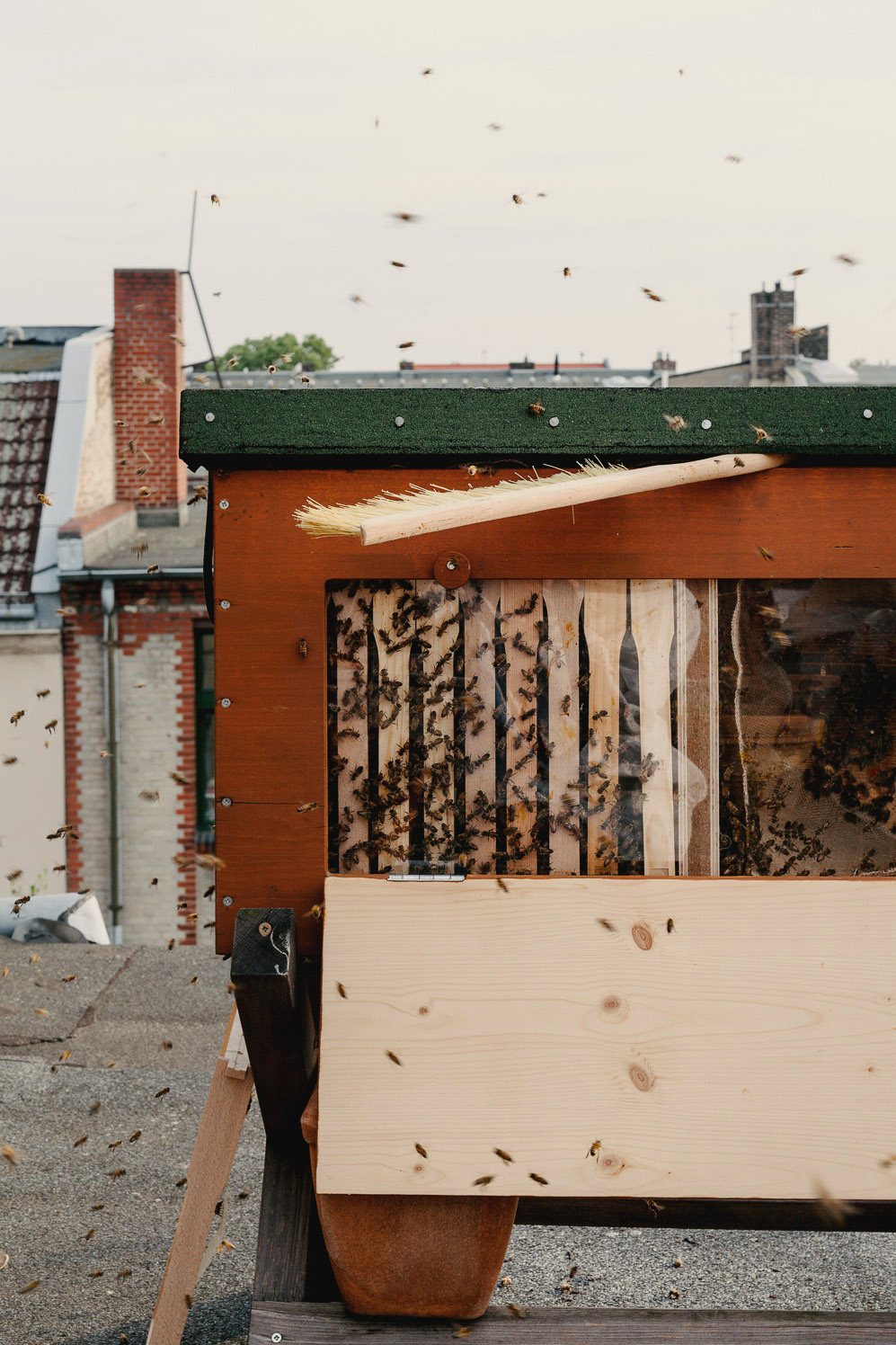
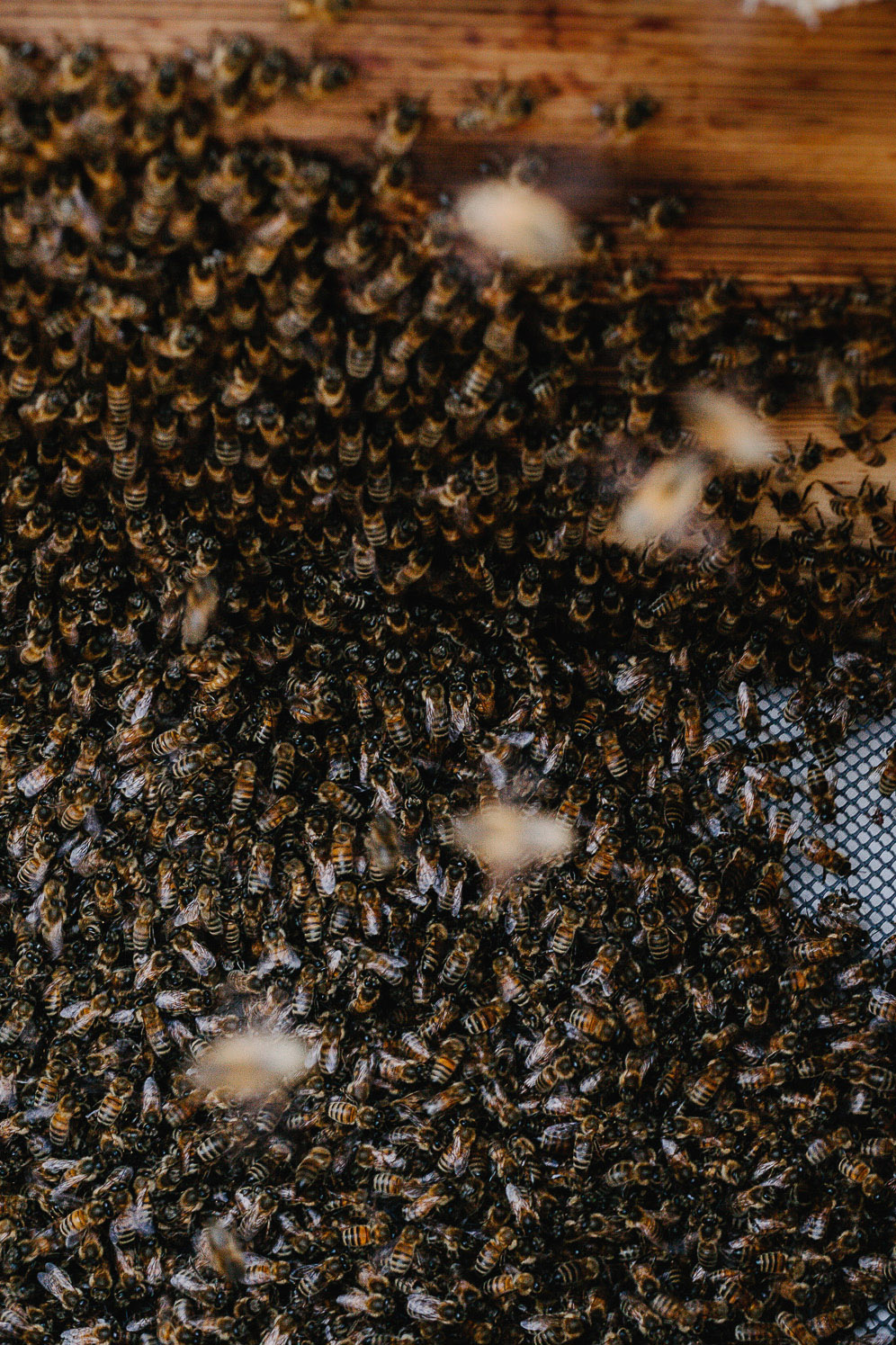
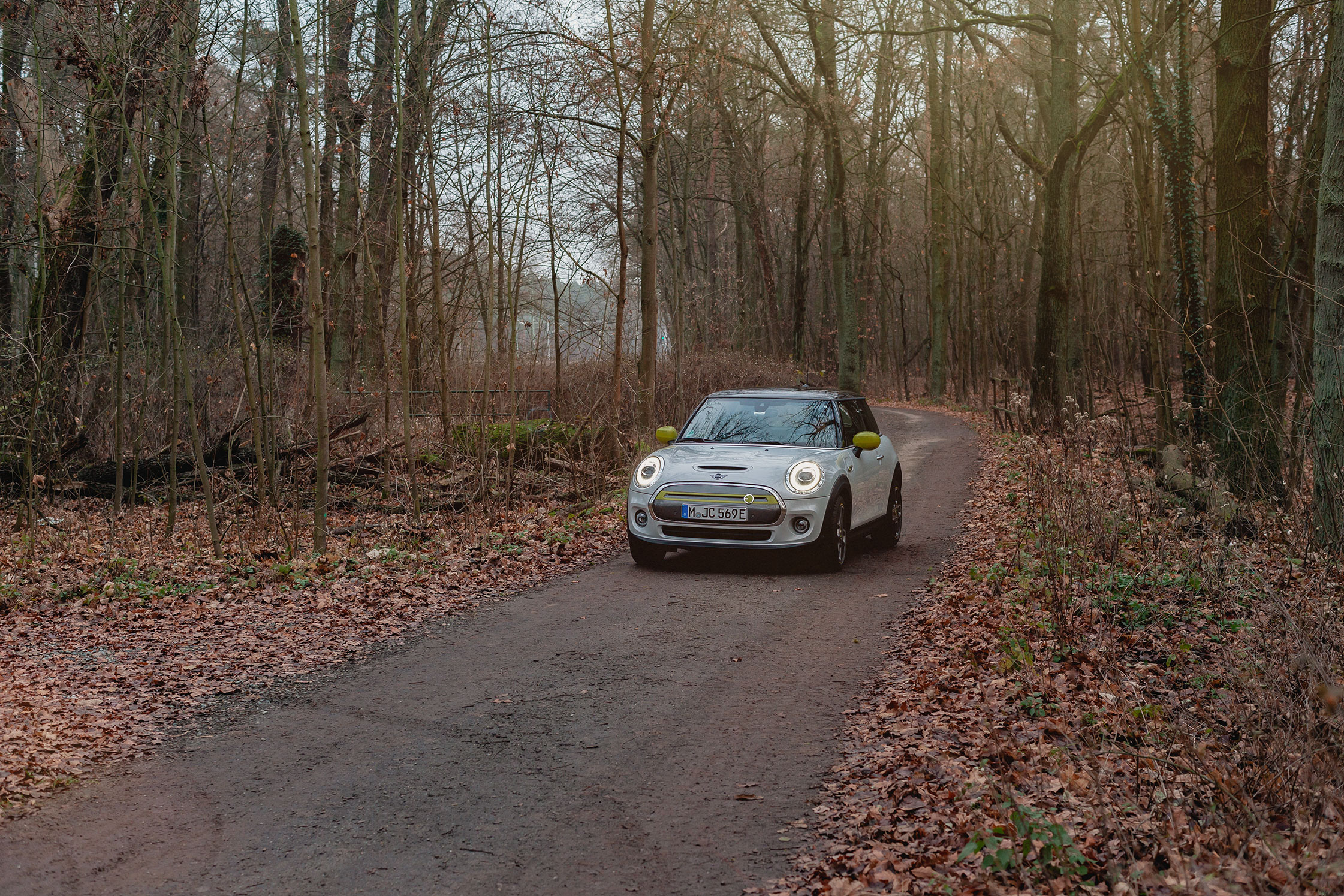
“From my perspective, Berlin is a pretty sustainable city: I know so many people working on projects that are focused on ecological impact rather than just financial gain.”
-
What has 2020 looked like for Stadtbienen and how has the global pandemic affected your activities?
JW: The biggest problem we’ve had is that people are afraid of booking courses in case they get cancelled due to governmental restrictions. We’ve had to change some of them into virtual counterparts. But beekeeping is so practical: you need to smell, feel, taste, and touch. It’s not easy to translate it into digital lessons. It’s ironic though, because more people have become interested in being more sustainable, producing their own food, and connecting to nature—rather than just sitting in front of the computer—due to the pandemic and its resulting lockdowns. At the moment this isn’t, and can’t, be translated into course registrations. As a result, we’ve been forced to look for different sources of income. For now, our solution has been to search for funding, like for the schools project I mentioned. We’re also doing a new project with refugees, where we bring together people from different backgrounds—both migrants and non migrants—to do beekeeping courses and have a space for intercultural exchange.
-
Would you say Berlin is an innovative and sustainable city?
JW: Definitely. Berlin is one of the big green cities. There is a lot of development at the moment filling up the city’s free, open spaces, but I hope that Berlin can continue to be a green and sustainable city for as long as possible. The people who live there are mainly responsible for it being sustainable. I received a scholarship in 2013 in Berlin when I founded Stadtbienen, which I was awarded alongside other sustainable startups. They’re all still going. So from my perspective, the city is pretty sustainable because I know so many people working on projects—including ackerdemia e.v., who are setting up vegetable gardens in schools, and Soul Bottles, who produce water bottles through climate neutral processes—that are focused on ecological impact rather than just financial gain.
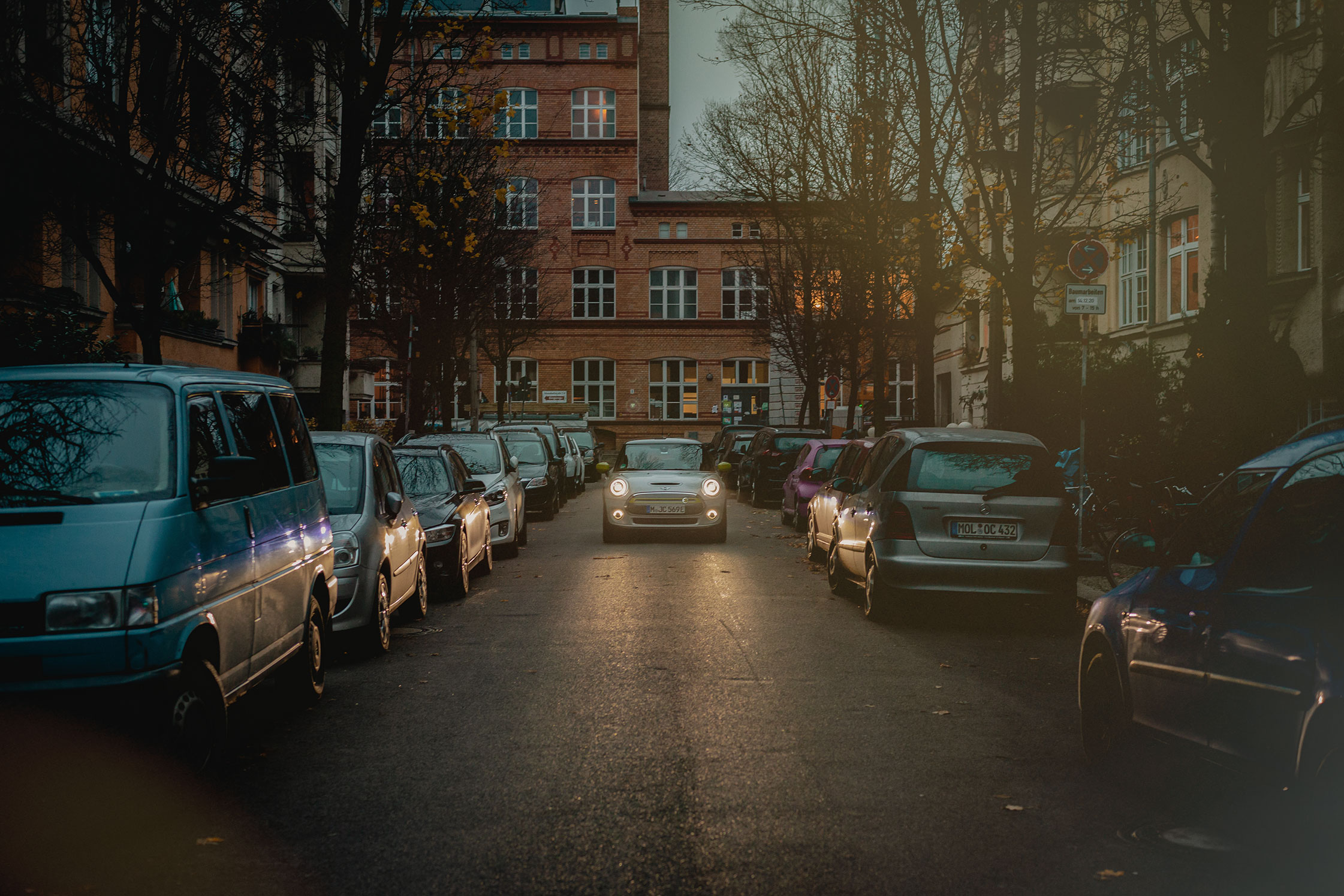
This article was produced in collaboration with MINI, who lent us a MINI Cooper SE—the first fully electric MINI with an electrical reach of 225-234km and energy consumption in kWh/100 km combined: 16.8 – 14.8—to visit sustainable initiatives around the German capital. To see more content we’ve produced with MINI, why not check out The Sooner Now, our joint venture—for which we produced articles and events—exploring the future of urban living.
Text: FF Team
